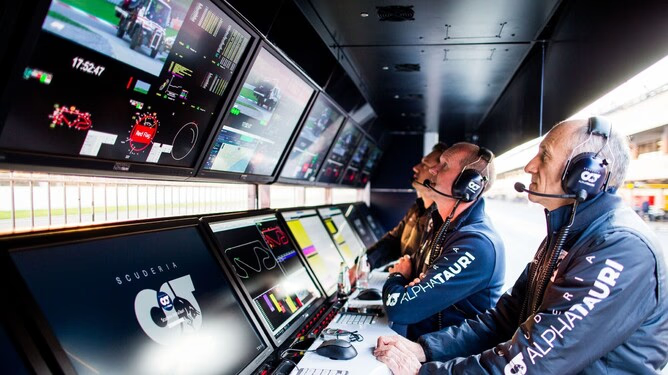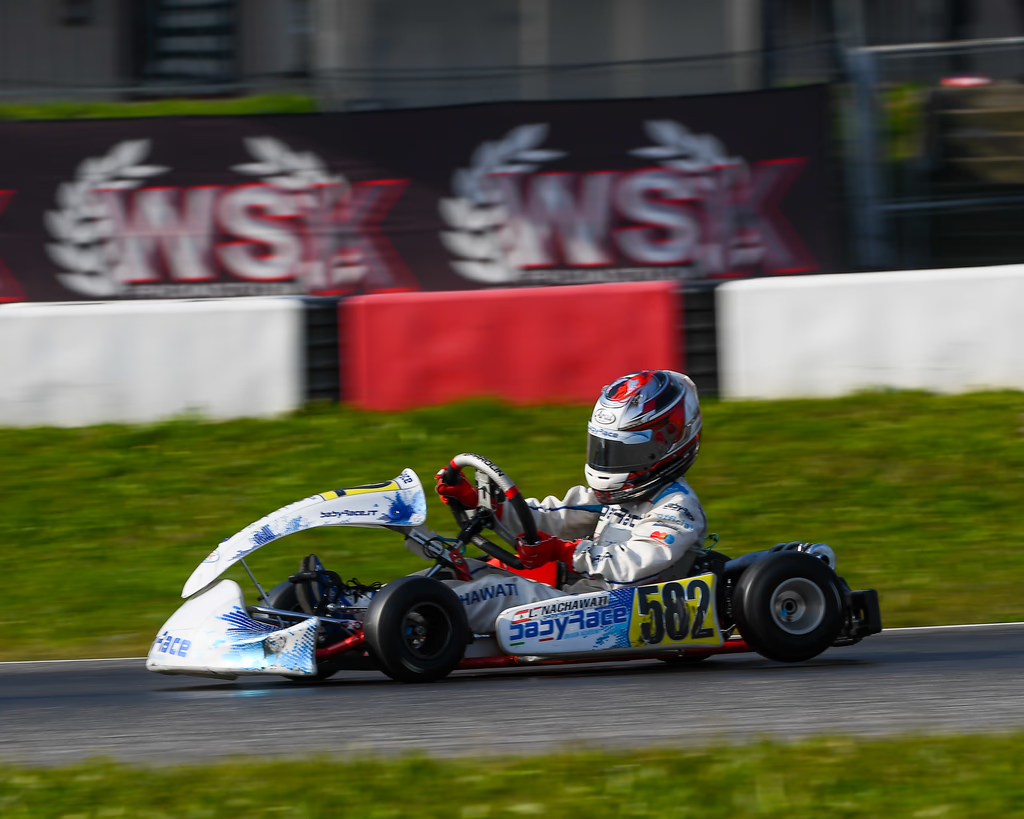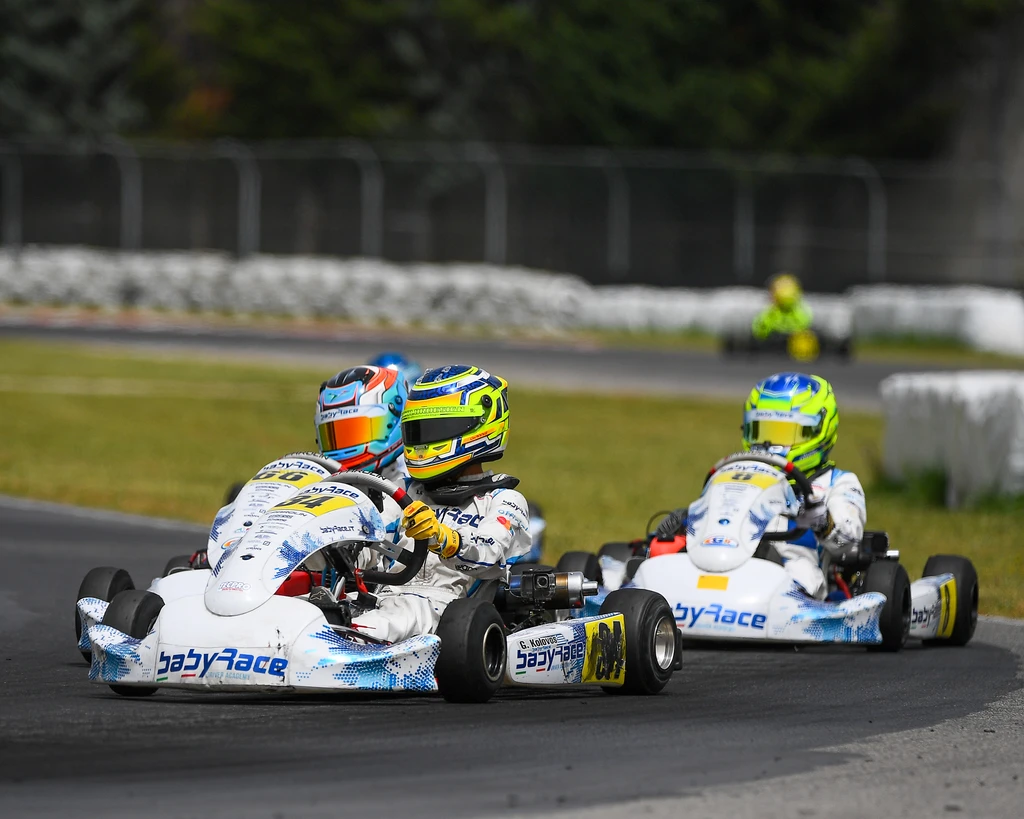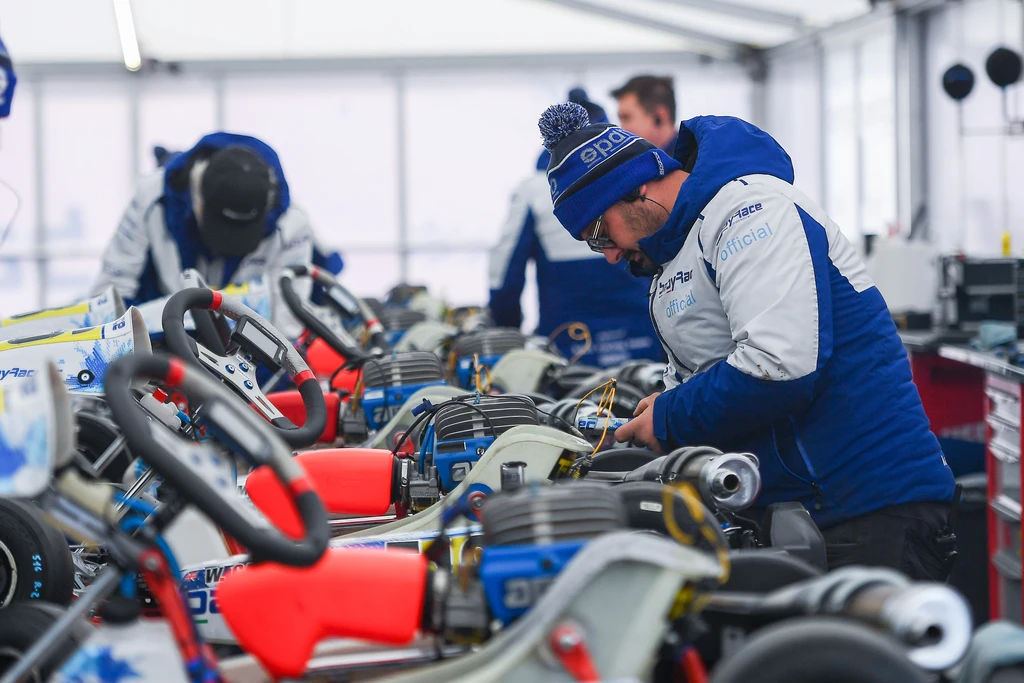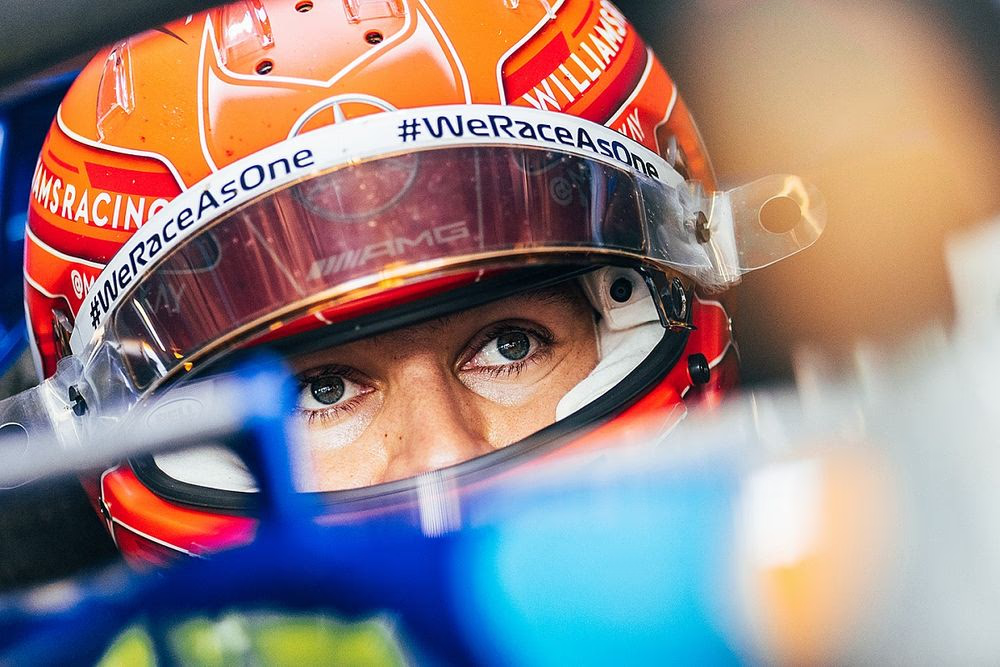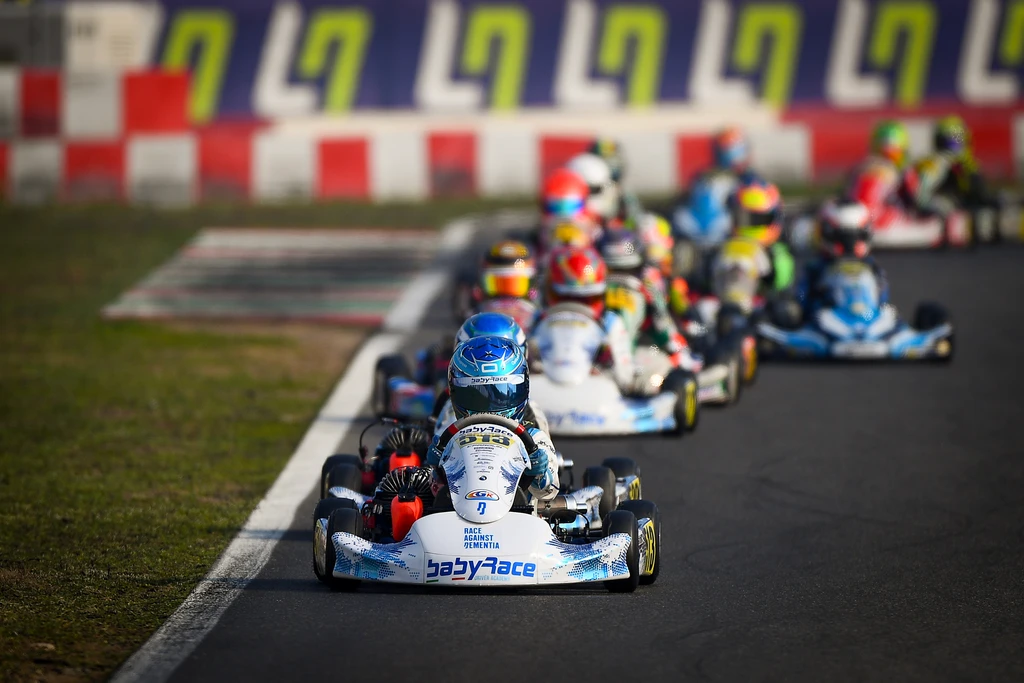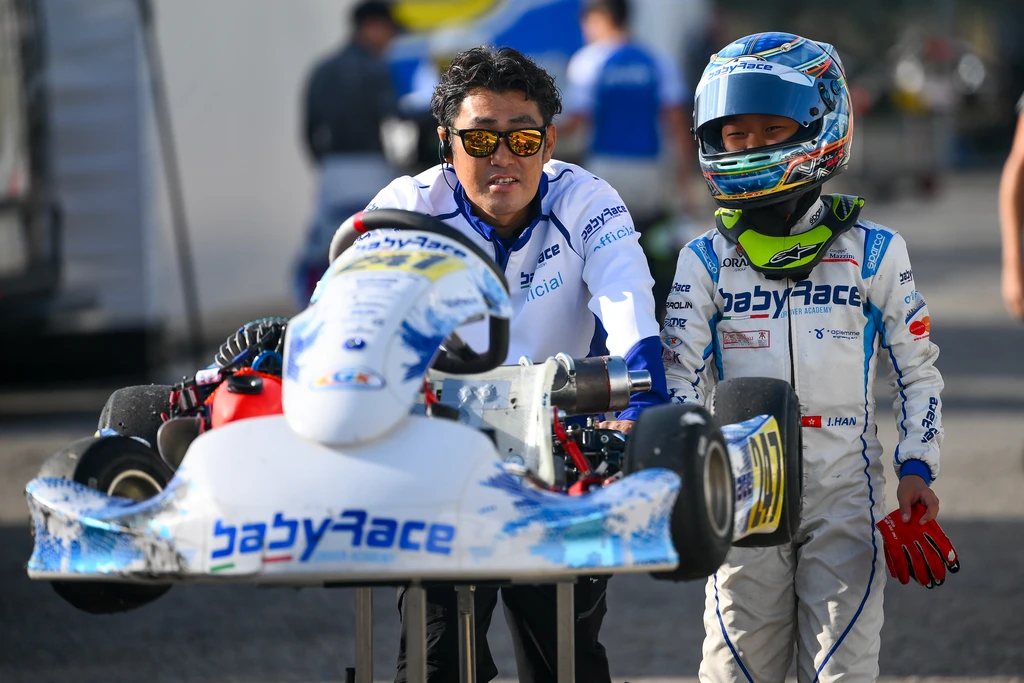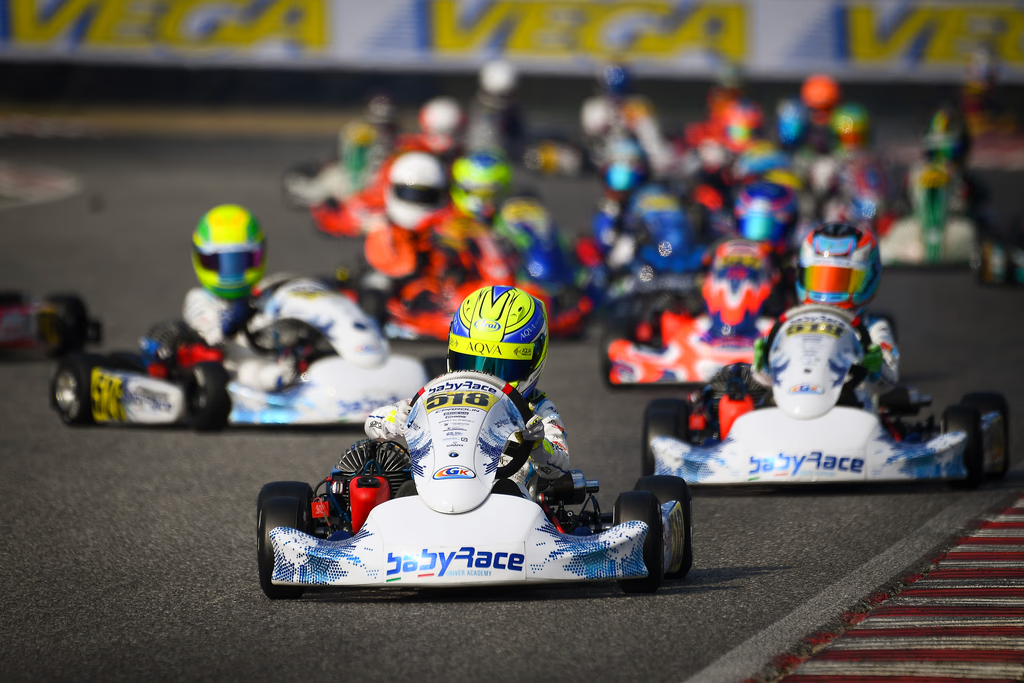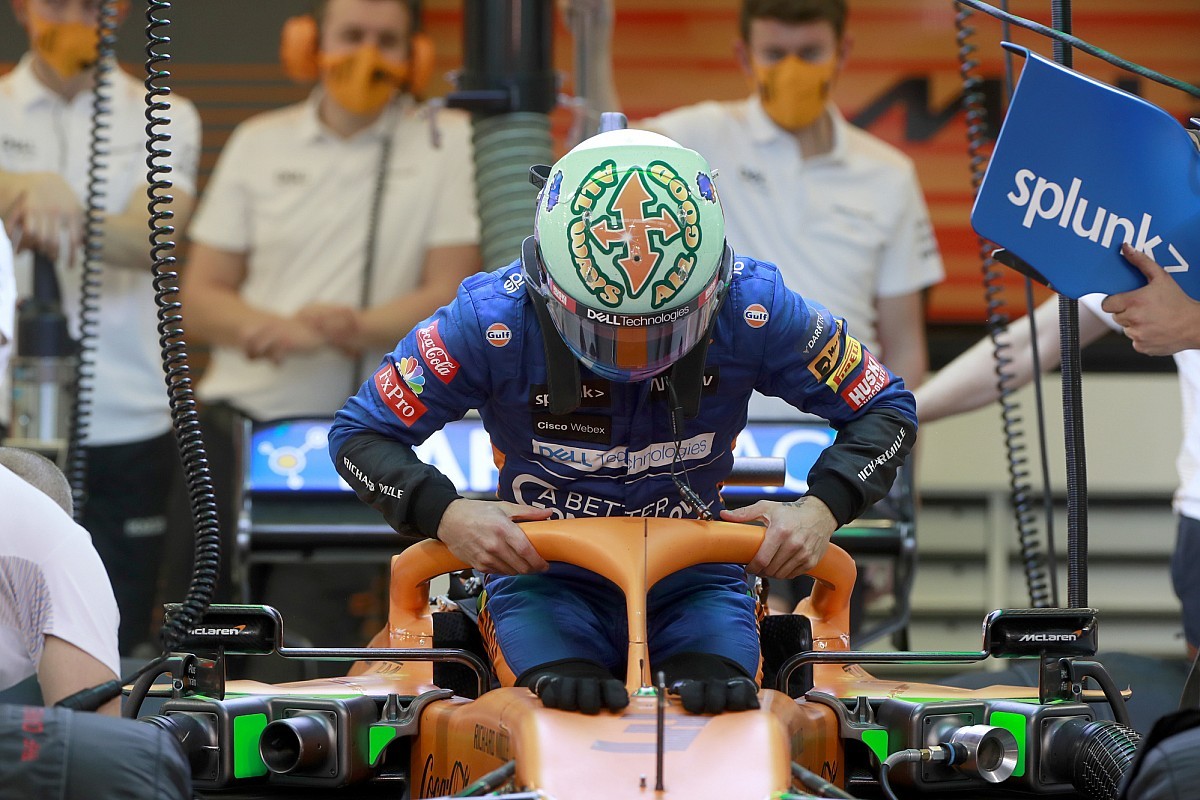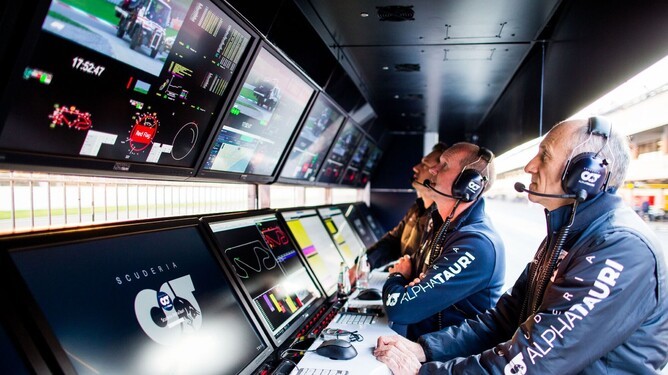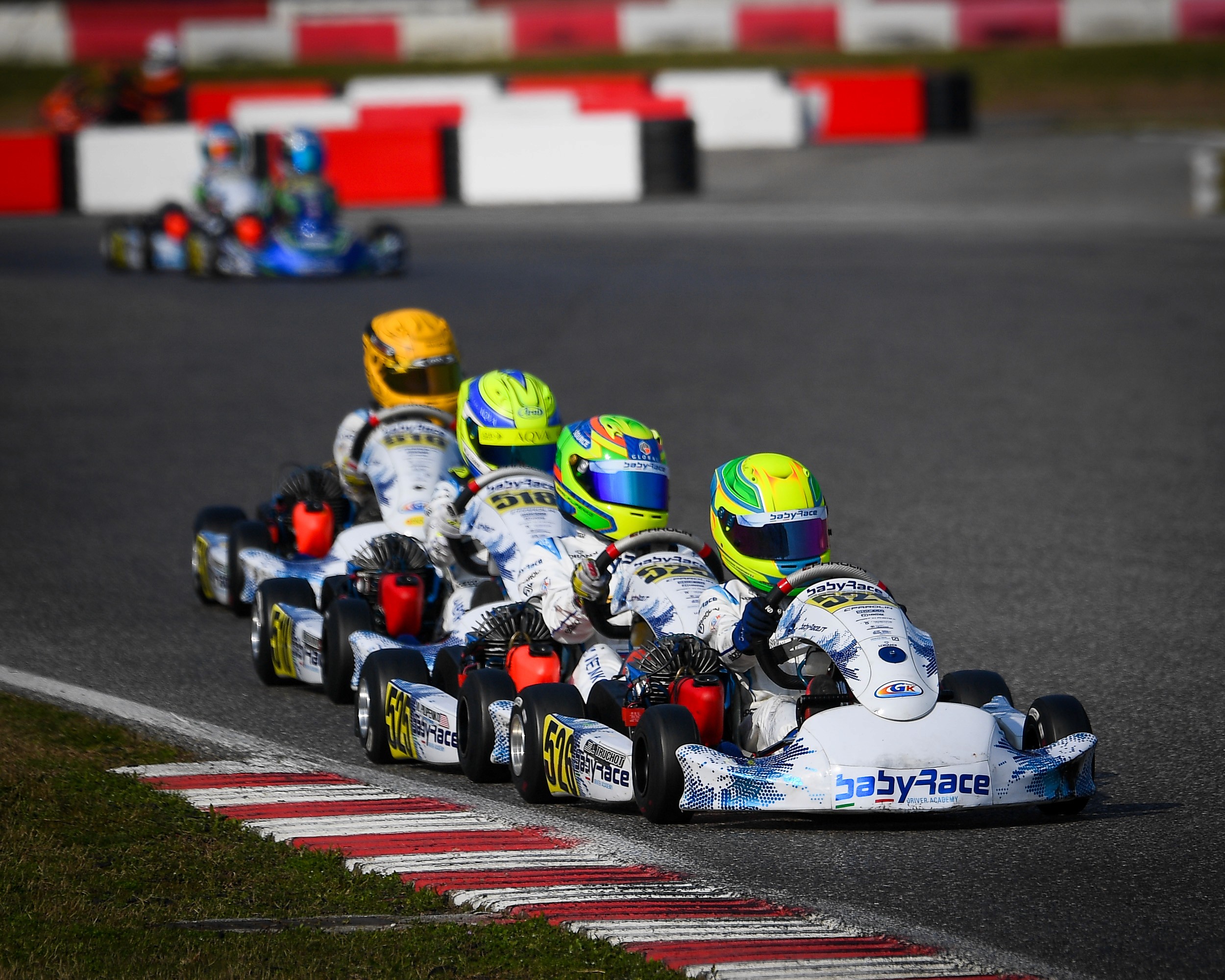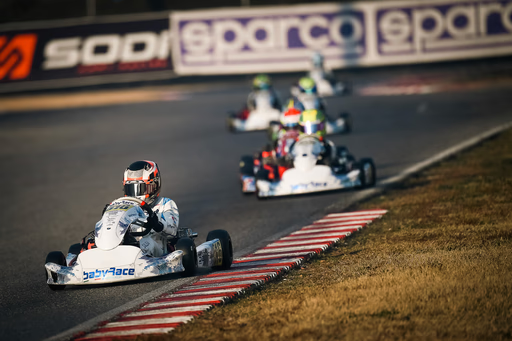Let’s talk about one of the most technical parts of any kart track: tight turns and hairpins.
These corners are probably where races are won or lost.
Nail them, and you’ll gain serious time. Get them wrong, and you’re just giving away tenths every lap.
Here’s how I approach them from real-world 20+ years of experience.
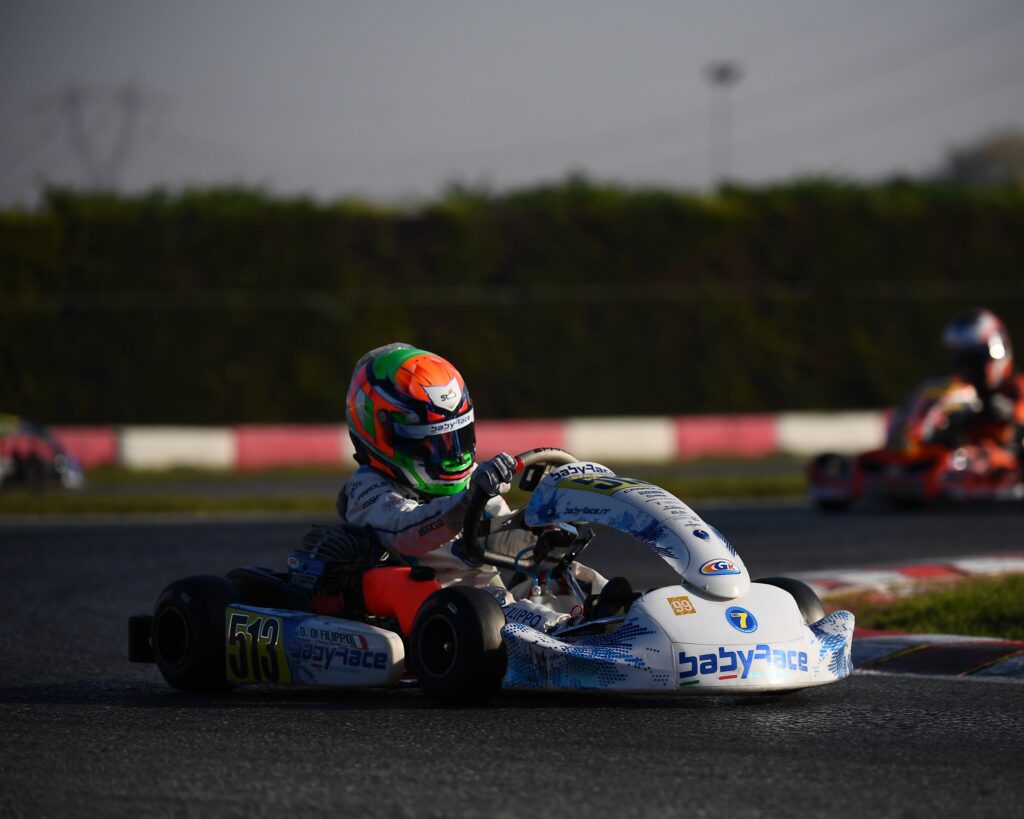
Step One: Understand the Approach Speed
Not every tight corner is the same. Thanks god, how boring would it be?
Sometimes you arrive from a high-speed section and need to brake super hard.
Other times, you’re coming from a slower corner and only need a light tap or even just a lift (last two hairpins from Lonato for instance).
You’ve got to read the situation:
- High-speed entry = hard braking, lock the tires, hold the brakes, get the kart stopped fast.
- Low-speed entry = gentle input, maybe just a small lift, then carry in the speed.
Example? In Lonato, the first hairpin of the last sector arrives super fast and needs a big brake.
But the second and third? Barely a touch, especially in categories like Mini or OK Junior. In KZ you’ll still have to brake quite hard.
Step Two: Maximize Entry and Exit
In slow corners, my rule is: attack the entry and get a clean exit.
That means:
- Brake late and hard.
- Stop at the apex — not before.
- Be patient on the throttle — don’t rush it, if you do, you’ll get pushed out wide on exit.
If you brake early and carry too much mid-corner speed, you’ll get a horrible exit. So stay disciplined.
The right timing makes all the difference.
Step Three: Be Precise with Your Line
- Use all the track on entry and exit. MANDATORY!
- Hit a medium-to-late apex in most tight corners.
- Get as close as possible to the inside kerb — if it’s flat, use it, of course.
- Don’t apex too early unless it’s a fast corner (in slow ones, early apex = bad exit most of the times).
It’s not just about distance , it’s about grip too. The more rubber on the ideal line, the more speed you can carry. So go where the grip is. Always remember this!
Step Four: Don’t Oversteer
Smooth steering input is crucial here. If you turn the wheel as if it was a racing game on PS5, the rear will slide and you’ll lose grip. Not good.
Keep it smooth and controlled. Let the kart rotate naturally.
Step Five: Adjust Based on Setup
Kart setup matters a lot here:
- Cold tires = less grip. Be extra careful on your first laps.
- Weight balance = too much front weight can make the kart quite oversteery in slow corners.
- Soft axel = more rear grip in most of the corner, better for entries and exits, possibly worse at mid corner.
So always take a few laps to feel out the setup before you start pushing.
Final Thoughts
Hairpins and tight corners are tricky — no doubt.
But once you learn how to take them, brake properly, and nail your line with precision and patience, you’ll gain so much time.
And hey — if you’ve got questions or want to send me a video for feedback, DM me anytime. Happy to help.
Just Senndit
– Alessio Lorandi

